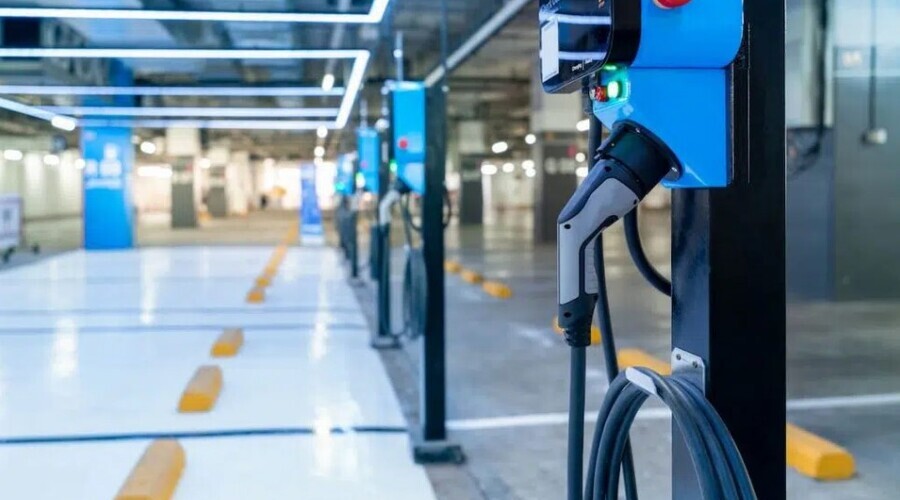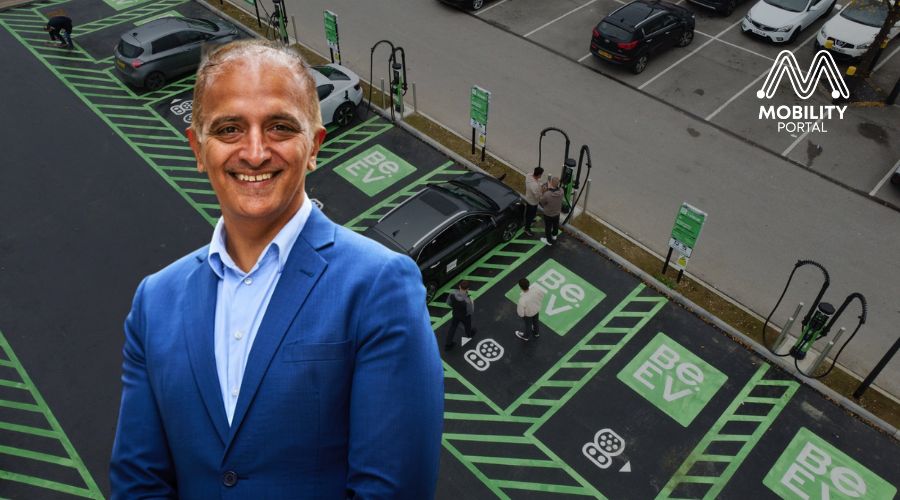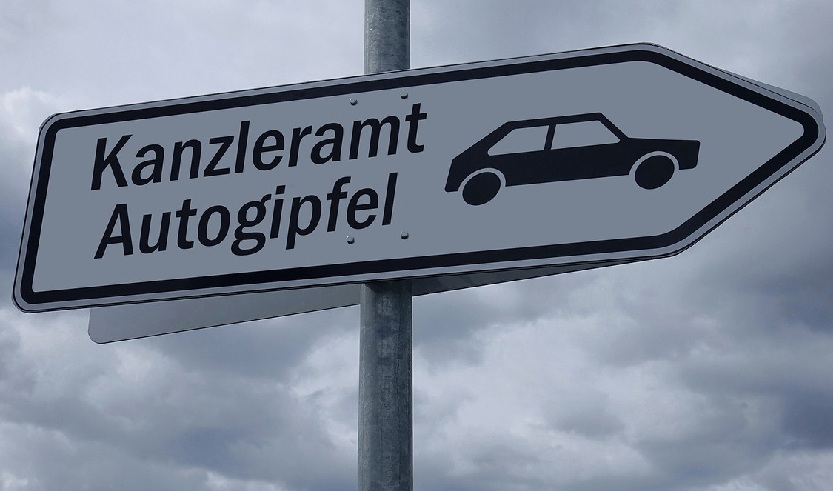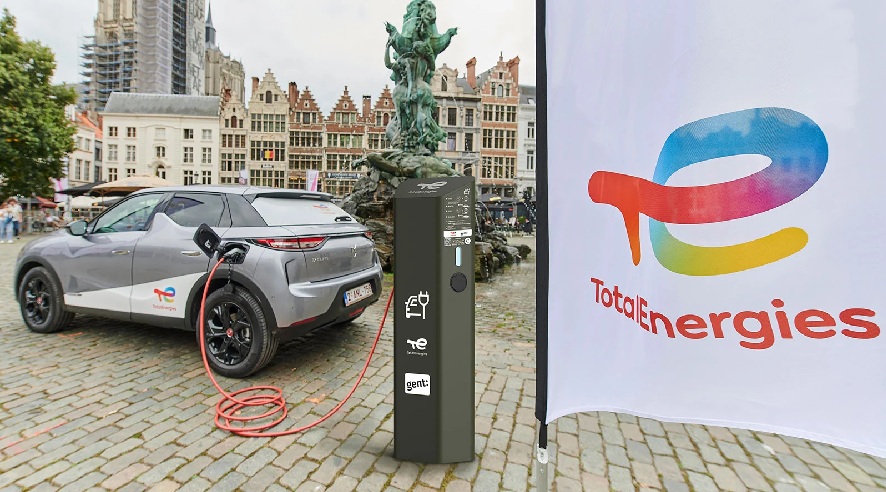The growth of the electric vehicle (EV) market in Chile is accompanied by a sustained phenomenon: the expansion of home charging infrastructure.
In the past month, the number of charging stations in private households has increased by 77%, reflecting a growing adoption of electric mobility.
This increase is not only due to the need for more infrastructure but also the economic benefits derived from the difference in domestic electricity tariffs, which allow electric vehicle owners to save significantly compared to internal combustion engine (ICE) vehicles.

According to a report from the Sustainable Mobility Centre, charging an electric vehicle at home is up to three times cheaper than operating a combustion engine car.
This is confirmed by Andrés Barentin, CEO of Dhemax: “In general, in all countries, home charging is cheaper than public charging. For public charging, what you need to install is a high-power installation, a place to park your car—elements that increase the initial cost of installation, which in turn makes the energy profitability higher due to the increased cost of the tariffs at public charging stations.”
However, regarding “the energy cost for non-residential customers, there are two variables to calculate the cost: energy and maximum demand, which is essentially power usage,” stated Barracin in an interview with Mobility Portal Latin America.
He continued: “This increases tariffs when you have low demand, with few cars charging and when you are just starting to develop electromobility. The situation in Chile is similar to Europe, where the cost of fast public charging is two to three times higher than home charging costs.”
The ease of installing charging stations at homes and the ability to take advantage of cheaper tariffs have been key factors in this increase, benefiting not only drivers but also the stability of the electrical grid.
Expansion of Home Charging Infrastructure in Chile
A record of home installations compiled by Chile’s Ministry of Energy, which Mobility Portal Latin America had access to, reveals that 854 residential chargers were installed in 2024, while by January 2025, 126 chargers had been registered.
When annualised compared to the previous year’s installations, Chile observes a 77% growth in home charger installations.

This growth is accompanied by a regulatory framework that favours the installation of charging points in homes.
In many cities, local authorities have implemented incentives for the installation of home chargers, further facilitating the expansion of infrastructure in urban and suburban areas.
However, as reported by Mobility Portal Latin America, more than half of electric vehicle owners in Chile have their own charging point, representing a significant behavioural shift.
Cost Comparison: Home Charging vs. Public Fast Charging
An analysis of charging costs reveals a clear advantage in charging at home compared to public fast-charging stations.
While the cost per kilometre can double at charging stations, home charging with standard residential or night-time tariffs offers substantial savings.
This factor is crucial for many electric vehicle owners, who prefer to avoid the high costs of public fast charging and opt for the convenience and cost-effectiveness of charging their vehicles at home overnight.
DISCOVER MOBILITY PORTAL DATA
Discover Mobility Portal Data, a new exclusive market intelligence platform offering reliable data and key reports to support smart decision-making across the automotive sector — covering both combustion and electric vehicles, as well as charging infrastructure.
Research, trend analysis, and neatly organised statistics presented with clarity and precision, alongside up-to-date insights — all just one click away. With Mobility Portal Data, good decisions are on the horizon.
READ MORE
-
Be.EV CEO reveals “selective” growth strategy towards 1,400 charge points
The company prioritises service quality over simply counting units. It also avoids the overbuilding of charging stations. So, what are the upcoming locations — and why does Be.EV steer clear of public tenders?
-
Industry leaders urge Germany to stick to 2035 goal and lead Europe’s E-Mobility shift
Ahead of the Germany’s “Autogipfel” summit on 9 October, company executives call for strengthened climate targets and consistent industrial policies to secure Europe’s competitive edge.
-
Investment platform launched in France to accelerate EV charger rollout in municipalities
As a major player in e-mobility in France, TotalEnergies will contribute its expertise to the growth of the investment platform, with the aim of developing, operating, and maintaining a network of public charging infrastructure powered by electricity from renewable sources.









